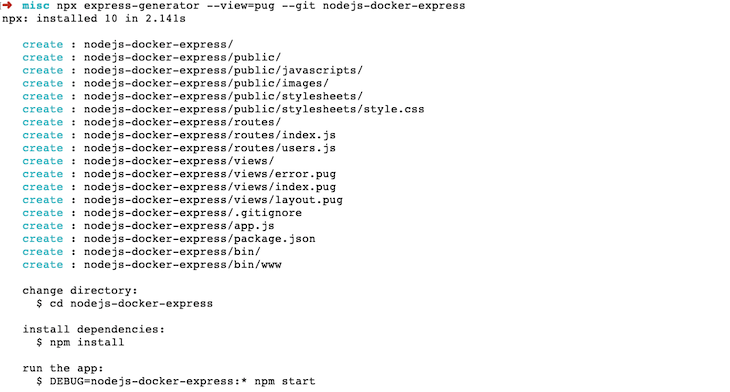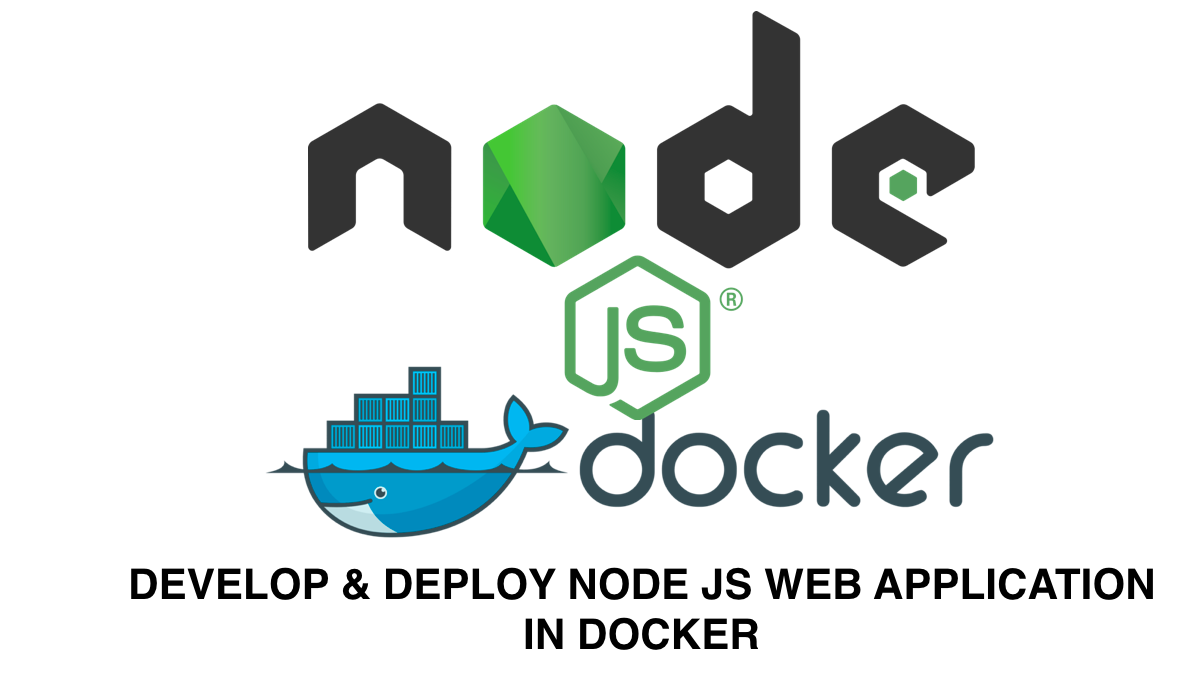

- #Node js windows docker image for free#
- #Node js windows docker image how to#
- #Node js windows docker image install#
- #Node js windows docker image full#
- #Node js windows docker image software#
We can find the SHA256 hash for it in the Docker Hub for this Node.js tag, or by running the following command once we pulled this image locally, and locate the Digest field in the output: $ docker pull node:lts-alpineĭigest: sha256:b2da3316acdc2bec442190a1fe10dc094e7ba4121d029cb32075ff59bb27390a Nonetheless, this base image directive will still pull new builds of that tag.
#Node js windows docker image software#
This ensures that you are getting deterministic Docker image builds from the base image.īased on this, let’s ensure that we use the Long Term Support (LTS) version of Node.js, and the minimal alpine image type to have the smallest size and software footprint on the image: FROM node:lts-alpine


Secondly, it means you’re potentially introducing security vulnerabilities, that may exist in all of these libraries and tools, into the image. Firstly a bigger image means a bigger download size which, besides increasing the storage requirement, means more time to download and re-build the image.
#Node js windows docker image full#
The node Docker image is based on a full-fledged operating system, full of libraries and tools that you may or may not need to run your Node.js web application.We don’t want to introduce this sort of non-deterministic behavior. If we build the image from node-which effectively means the node:latest tag-then every build will pull a newly built Docker image of node.
#Node js windows docker image install#
Just like we’re using lockfiles to get a deterministic npm install behavior every time we install npm packages, we’d also like to get deterministic docker image builds. The shortcomings of building based on the default node image are as follows: So, in fact, by specifying the following in your Dockerfile, you always build the latest version of the Docker image that has been built by the Node.js Docker working group: FROM node It may seem to be an obvious choice to build your image based on the node Docker image, but what are you actually pulling in when you build the image? Docker images are always referenced by tags, and when you don’t specify a tag the default, :latest tag is used. Use explicit and deterministic Docker base image tags You can follow along this tutorial by cloning this repository. Let’s begin improving this Dockerfile so we can build optimized Node.js web applications with Docker. The only problem? It is full of mistakes and bad practices for building Node.js Docker images. $ docker run -p 3000:3000 nodejs-tutorial Most blog articles we’ve seen start and finish along the lines of the following basic Dockerfile instructions for building Node.js Docker images: FROM nodeĬopy that to a file named Dockerfile, then build and run it.
#Node js windows docker image for free#
Sign up for free A simple Node.js Docker image build
#Node js windows docker image how to#
We are going to learn how to containerize Node.js web applications step by step, starting with a simple and working Dockerfile, understanding the pitfalls and insecurities with every Dockerfile directive, and then fixing it. It might feel like yet another article on how to build Docker images for Node.js applications but many examples we’ve seen in blogs are very simplistic and solely aim to guide you on the basics of having a Node.js Docker image running an application, without thoughtful consideration of security and best practices for building Node.js Docker images. Why did I write this guide on containerizing Node.js Docker web applications?

Are you looking for best practices on how to build Node.js Docker images for your web applications? Then you’ve come to the right place!


 0 kommentar(er)
0 kommentar(er)
